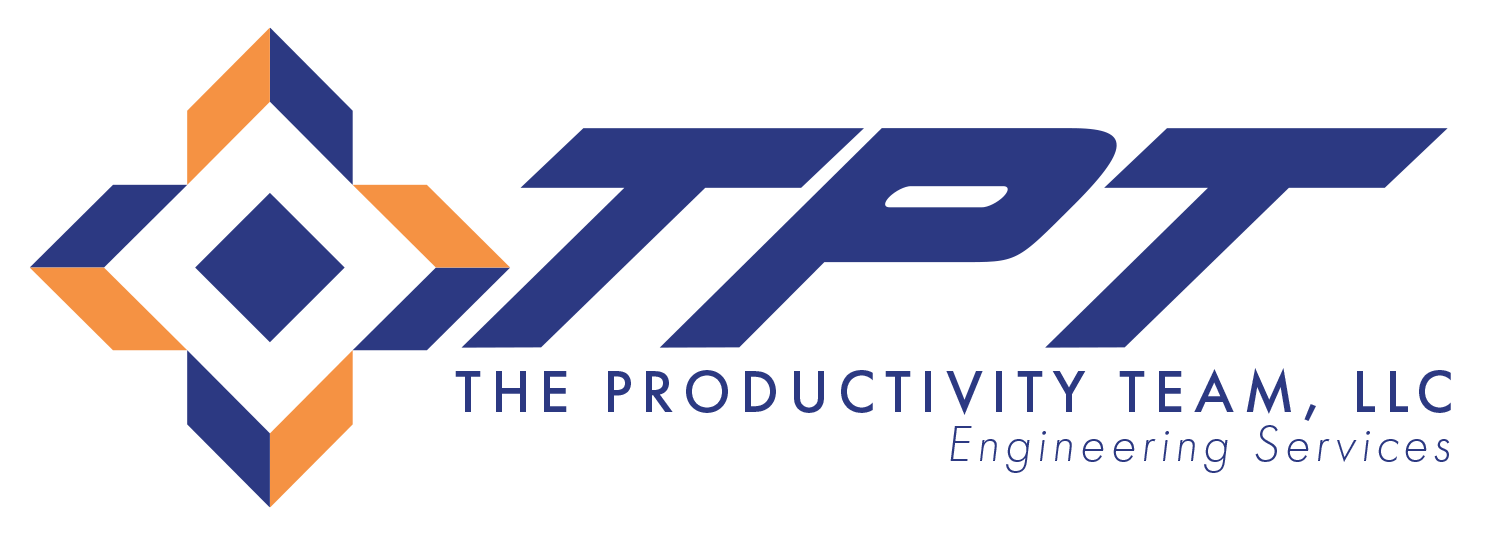PPAP is a procedure companies use to ensure that the quality of parts manufactured by suppliers is up to standard. PPAP is an acronym for Product Part Approval Process. It ensures the manufacture and supply of parts are consistent. PPAP originates from the automotive and aerospace manufacturing industry.
PPAP involves an 18-step process to ensure that the parts produced meet the required quality at all times. Although PPAP started in the aerospace and automotive industry, many manufacturing companies use the process in their production routine. PPAP occurs in the fourth phase of APQP.
The Product Part Approval Process has a clear set of guidelines. This makes it easier for product manufacturers to know what clients or customers expect from them. The PPAP is especially helpful in ensuring that every product delivered is up to par. The process reduces the chances of things going wrong. The 18 steps in the PPAP include:
The 18 Elements of PPAP
1. Design Documentation
This step involves the drawings and designs of the product. It also ensures that everything about the product order aligns properly.
2. Engineering Change Notice
This step only occurs if there is a change or improvement to be made to an existing part or product.
3. Customer Approval
During the PPAP process, evidence of approval from the client’s engineering department is needed for the product or part.
4. DFMEA
DFMEA means Design Failure Mode and Effects Analysis. During this stage, the risks involved and the probability of product failure will be assessed.
5. Process Flow Diagram
This diagram displays all the steps taken to produce the part or product. The entire manufacturing process is listed on it.
6. PFMEA
Process Failure Mode and Effects Analysis evaluates the possibilities of failure in the process of manufacturing the product.
7. Control Plan
Based on the possibilities discovered in PFMEA, preventive measures will be implemented to counter problems if necessary. These measures are the control plan.
8. Measurement System Analysis
The information about the necessary equipment that will be used and their specification will be recorded in this stage.
9. Dimension Layout Results
In this phase, the measurements on the product or part design will be checked to see if they are correct.
10. Design Verification and Plan Report
The design verification and plan report is a record that shows details of the test performed on the product. It also notes all the important certifications for the materials.
11. Statistical Process Control
This element of PPAP involves documenting the manufacturing process and the parts that make up the product.
12. Qualified Laboratory Documentation
The certifications of any laboratory testing that took place in the manufacturing process will be recorded here.
13. ARI
ARI stands for Appearance Removal Inspection. It ensures that the client or customer has accepted the product’s appearance.
14. Sample Production Parts
In this stage, a product sample will be delivered to the customer, so it can be approved.
15. Master Sample
The master sample is a prototype of the final product. It also requires the approval of the customer.
16. Checking Aids
A checking aid lists all the things that need to be checked during the production process.
17. Customer Specific Requirements
If the customer has any special requirements, they will be noted here.
18. Part Submission Warrant Form
This element includes the summary of the PPAP and all signatories.
Conclusion
PPAP stands for Production Part Approval Process. It involves an 18-step process that ensures that the quality of parts delivered is of high quality all the time. The process ensures that everything is carefully considered when manufacturing products to ensure maximum quality and minimal risk.
Contact Us to Learn More About TPT
TPT is the leading provider of facility planning and engineering services. Contact us today to speak with one of our planning and engineering specialists.
